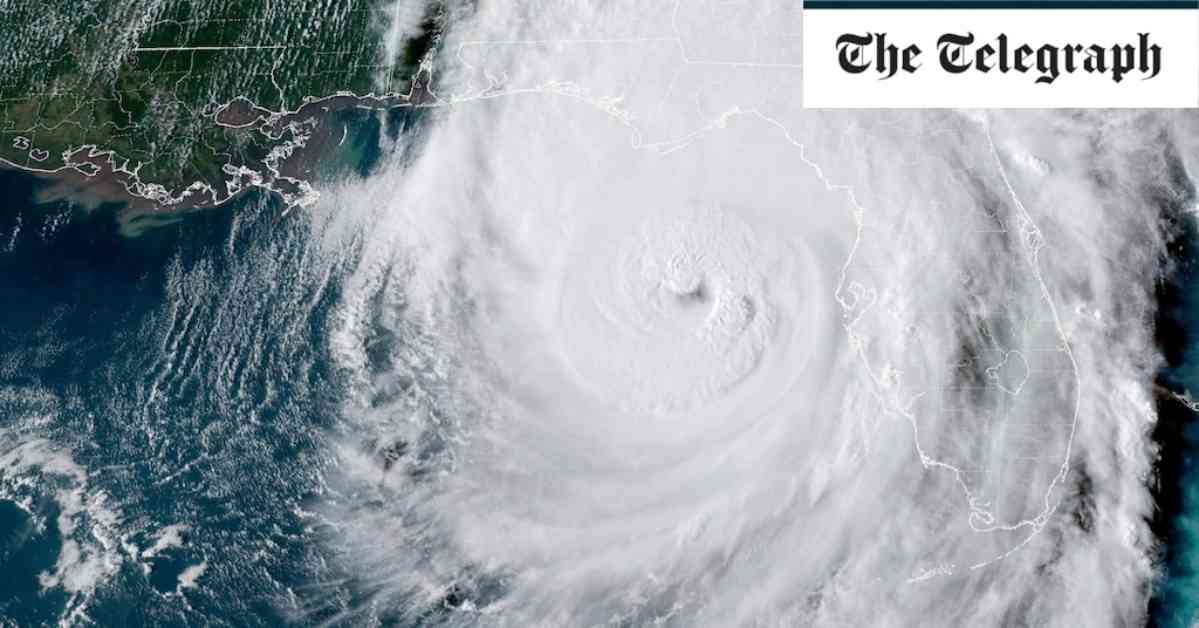Unprecedented Threat from Hurricane Helene Hits Florida Gulf Coast
Hurricane Helene, described as “extremely dangerous”, made a devastating landfall in the US state of Florida on Thursday night, leaving officials and residents bracing for the worst. The storm brought sustained winds of around 130mph, causing widespread power outages and flooding in its wake. Helene was downgraded to a “strong” Category 2 hurricane after initially hitting the southeastern US coast as a Category 4 storm, posing a significant threat to the region.
The National Hurricane Center issued warnings of potentially “unsurvivable” conditions, with a storm surge that could reach up to 20 feet above ground level, enough to submerge a two-story building. The governors of Florida, Georgia, Alabama, the Carolinas, and Virginia all declared emergencies in preparation for the impact of Helene. Evacuation orders were issued, urging residents to seek safety and heed official warnings.
Impacts and Destruction Caused by Hurricane Helene
As Helene made its way inland, the storm brought destructive winds, heavy rainfall, and the risk of tornadoes across the southeastern US. The aftermath of the storm left a trail of devastation, with reports of fatalities and significant property damage. President Joe Biden urged residents to take evacuation orders seriously and prioritize their safety in the face of the looming threat.
In Florida, the storm’s arrival was met with chaos and destruction as communities braced for the impact of Helene. The town of Perry bore the brunt of the storm’s eye, experiencing intense winds and storm surges that inundated the area. The rapid movement of the storm inland heightened concerns for widespread damage and potential loss of life.
Preparedness and Response to the Hurricane
Federal authorities mobilized search-and-rescue teams in anticipation of the storm’s impact, with forecasts predicting prolonged power outages and flooding across the affected regions. Evacuation efforts were underway, with shelters opening to accommodate those displaced by the storm. Helene’s trajectory shifted towards the sparsely-populated Big Bend area, intensifying concerns for vulnerable coastal communities.
In the face of the impending disaster, residents and officials worked tirelessly to secure their homes and prepare for the worst-case scenarios. Mandatory evacuation orders were issued in low-lying areas, urging residents to seek safety in designated shelters. The resilience of communities was tested as they braced for the potential devastation brought by Hurricane Helene.
Overall, the threat posed by Hurricane Helene underscored the importance of preparedness and response in the face of natural disasters. The resilience and determination of residents and officials in the affected regions highlighted the need for unity and cooperation in the aftermath of such catastrophic events. As the storm passed through the southeastern US, the focus shifted towards recovery efforts and rebuilding in the wake of unprecedented destruction.












